DHDD Newsletter – October 2023
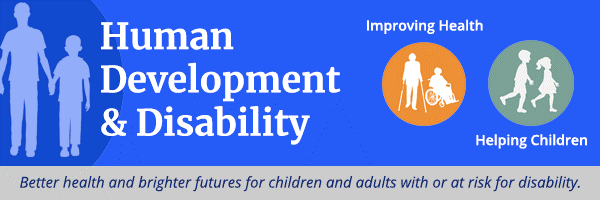
A Note from the DHDD Director
Dear DHDD Partners,
Halloween is a special, spooky time for costume-wearing and trick-or-treating family fun. But October also brings the cold and flu season, and flu can be frightening. Last year, flu-related hospitalizations returned to levels seen before the COVID-19 pandemic. This highlights the importance of doing all we can to prevent flu and its complications, especially among people with disabilities.

Some people with disabilities may be at increased risk of getting flu because they are unable to avoid contact with caregivers and other people who may be infected. In addition, people who have difficulties understanding or communicating may be unable to let others know they are sick or have symptoms of illness, which can delay treatment. Other people with disabilities, especially those who have difficulties with muscle or lung function, are at higher risk of complications.
Getting a flu vaccine reduces the risk of getting the flu and reduces the severity of illness if you get sick. CDC recommends everyone 6 months and older get a flu vaccine, and it is especially important for people with disabilities to get vaccinated to prevent flu and potentially serious complications. Caregivers and family members can help protect themselves and their loved ones by getting a flu vaccine as well. My family and I got vaccinated against flu earlier this month to help protect ourselves this flu season.
In addition to getting a flu vaccine, you can help prevent flu by avoiding people who are sick, covering your mouth and nose when coughing, and washing your hands often. For more information, including what to do if you get sick, visit CDC’s Flu & People with Disabilities website.
To find a location near you that offers flu vaccination, visit www.vaccines.gov. If you need help accessing vaccination services, the Disability Information and Access Line (DIAL) can find a local vaccination clinic, connect you with accessible transportation, and provide other assistance.
As we head into the holiday season, it is important to do what we can to protect our health and the health of our loved ones against flu and other respiratory viruses. I also wanted to let you know that we will be pausing our monthly newsletter during the holidays, but they will resume in early 2024. Have a healthy holiday season!
Sincerely,
Karyl
Karyl Rattay, MD, MS, FAAP
DHDD Director
In the Spotlight
Moving Forward with ADHD
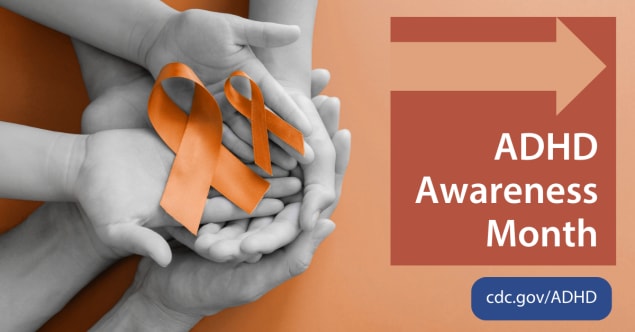
October is ADHD Awareness Month. CDC’s National Center on Birth Defects and Developmental Disabilities has published a special feature highlighting “ADHD Across the Lifetime.” ADHD is one of the most common mental health conditions affecting children and adults, but it is often misunderstood.
CDC’s ADHD Toolkit for Partners helps raise awareness for ADHD across the lifetime. Check out this toolkit for free resources, including social media content and links to educational materials for a variety of audiences.
ADHD symptoms often start in childhood and continue into adulthood, but they may look different in adults. Just as ADHD symptoms and the way they impact daily living may change across the lifetime, needs for support and treatment may differ for adults and children.
CDC partners with the National Resource Center on ADHD, a program of CHADD—Children and Adults with Attention-Deficit/Hyperactivity Disorder, to educate and support people with ADHD and their healthcare providers, educators, and families.
CDC is also working to learn more about how to support the health and wellbeing of adults with ADHD by including questions about ADHD in surveys of adults. These questions allow better insight into how many adults have an ADHD diagnosis, what other types of mental and physical health conditions they may have, and what treatments they may receive. The American Professional Society for ADHD and Related Disorders (APSARD) is currently working to create U.S. Guidelines for Adults with ADHD.
News and Announcements
CDC Resumes Cerebral Palsy Activities Within Its ADDM Network
Earlier this year, CDC announced new cerebral palsy activities within its Autism and Developmental Disabilities Monitoring (ADDM) Network. The Consolidated Appropriations Act, 2023, provided CDC with support to re-establish cerebral palsy activities within the ADDM Network.
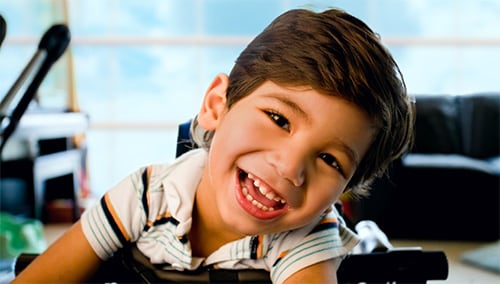
CDC has resumed cerebral palsy activities at 4 ADDM sites, as well as at the CDC-managed site in Georgia (MADDSP). The 4 ADDM sites awarded supplemental funding to support cerebral palsy activities are
- Regents of the University of Minnesota (MN)
- University of Utah (UT)
- Vanderbilt University Medical Center (TN)
- Washington University in St. Louis (MO)
#GoGreen4CP and help share the #MillionsOfReasons why the cerebral palsy work we do matters!
For updated information on CDC’s cerebral palsy activities within the ADDM Network, please visit Tracking Methods for Cerebral Palsy.
Tools and Resources
New Resource Web Page for People with Disabilities
CDC’s Respiratory Virus Resources for People with Disabilities is a web page promoting resources about how to prevent flu, COVID-19, and respiratory syncytial virus (RSV) for people with disabilities. It includes information on risk, help for vaccine access, everyday preventive actions, and accessible materials tailored for people with disabilities.
Visit the web page to find these resources that increase access, accessibility and inclusion.
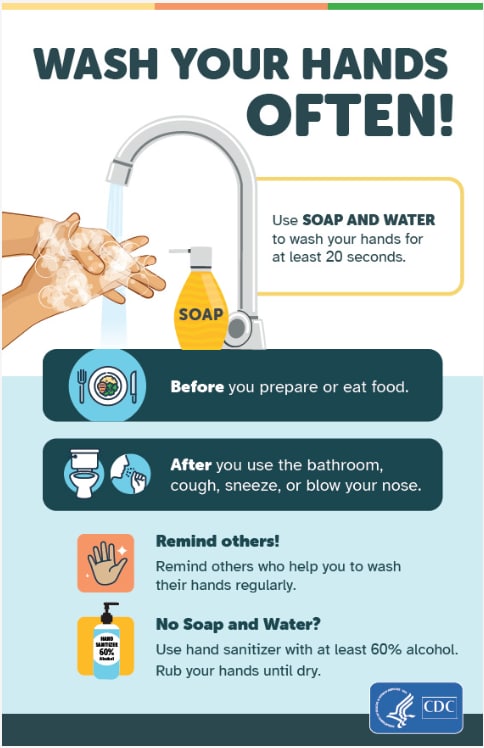
New Health Promotion Materials for People with Disabilities
CDC has developed health promotion materials tailored to people with disabilities to help improve hand hygiene, cleaning and disinfection, mask wearing, and physical distancing behavior.
Visit the web page to access the user guide and materials, including posters, storybooks, audio files, and more.
Halloween How To’s for Inclusive Boo’s
Halloween can be a memorable time for families to share in pumpkin carving, costume wearing, and other fun ghostly activities. Each home that offers an accessible, inclusive experience can help all trick-to-treaters participate. Print out or save this checklist for tips on how to host an inclusive Halloween. Be sure to check off each item before the witching hour!
- Make your treat bowl accessible.
Set up your treat bowl close to the sidewalk, driveway, or other safe level surface. Ensure the area is well-lit and free of obstacles. This can help trick-or-treaters with limited mobility, including very young children and children who use wheelchairs or walkers.
Be patient if a child with limited motor skills needs help grabbing treats on their own!
- Decorate without strobe lights and scary music.
Loud or frightening sounds and flashing lights can cause challenges for trick-or-treaters with sensory processing issues, such as autism or epilepsy.
- Accept diverse behaviors and communication styles.
Be understanding if a child doesn’t say “trick or treat.” Remember the child may have communication challenges, such as autism.
For trick-or-treaters who are visually or hearing impaired, describe what you are giving them or hold up the treat so they can see it before placing it in their bag.
- Have alternative treats on hand.
Non-food treats provide healthy fun for all trick-or-treaters, especially children with food allergies. (If you offer candy, just be sure to keep separate bowls.) Some ideas to get you started: Glow sticks, bubbles, stickers, spider rings, or vampire teeth!
- Don’t forget the pumpkin!
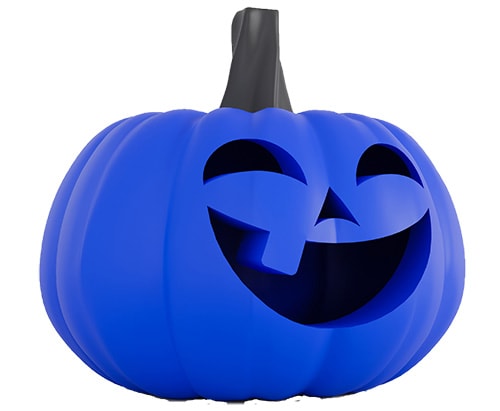
Display a colored pumpkin to let trick-or-treaters know you provide them a welcoming environment.
- Teal – food allergies (offer nonfood or other allergy-free treats)
- Blue – autism (provide a sensory-friendly environment)
- Purple – epilepsy (no flashing lights)
Around CDC
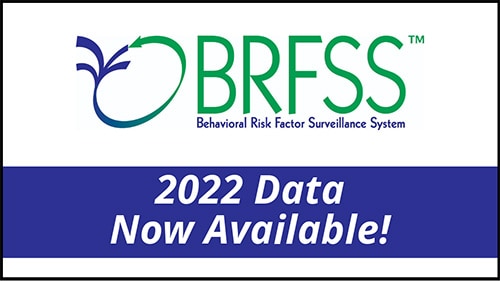
Updated 2022 data from the Behavioral Risk Factor Surveillance System (BRFSS) are now available
Now available: 2022 Behavioral Risk Factor Surveillance System (BRFSS) data are accessible through CDC’s easy-to-use web-based tool. The data allow users to explore critical and timely public health topics, such as these
- Mental and physical health
- Health and risk behaviors, like diet and exercise, alcohol and tobacco use
- Chronic health conditions, like cancer, obesity, arthritis, and cardiovascular disease
- Health-care access
- Use of preventive services, like HIV testing, mammograms and vaccination
The tool allows public health professionals and leaders, decision makers, researchers, and reporters to understand and act on important health issues in their states, from health risk behaviors and impactful diseases, to gaps in health-care access and services. BRFSS state-specific data—including data on race- and ethnicity – can inform public health needs and programs, including those designed to promote health equity. The BRFSS online tool allows for quick and easy state-to-state comparisons across all 50 states. It also offers various ways to display survey results from more than 445,000 participants across all 50 states, DC and participating US territories. BRFSS is the largest continuously conducted telephone health survey system in the world. CDC’s release of high quality, state representative data within 8 months of data collection reinforces its commitment to delivering timely data needed for public health action. For more information, visit the Behavioral Risk Factor Surveillance System tool page.
New Weekly Viral Respiratory Illness Snapshot
CDC has developed a respiratory illness snapshot that provides a summary of the key viral respiratory illness findings for COVID-19, influenza, and RSV from the past week and access to additional information and figures. Check it out and share with your networks.
Partner News and Announcements
NTIA Seeks Public Comment on How to Protect Kids Online
The National Telecommunications and Information Administration (NITA) is requesting public comments from parents, educators and others to share concerns about internet use among youth and best practices to protect kids and teens online. In May, the U.S. surgeon general issued an advisory linking social media use to poor youth mental health. To inform future actions, NITA is seeking input on the following related to internet and social media use among youth
- Health, safety and privacy risks and potential benefits
- Practices and technologies used by social media and online platforms that effect youth health, safety, and privacy
- Guidance or best practices that help protect the health, safety, and privacy of youth
The responses may inform policy recommendations, voluntary guidelines for tech companies and resources for parents. To comment, visit regulations.gov and select “comment.” Comments are due November 16, 2023.

